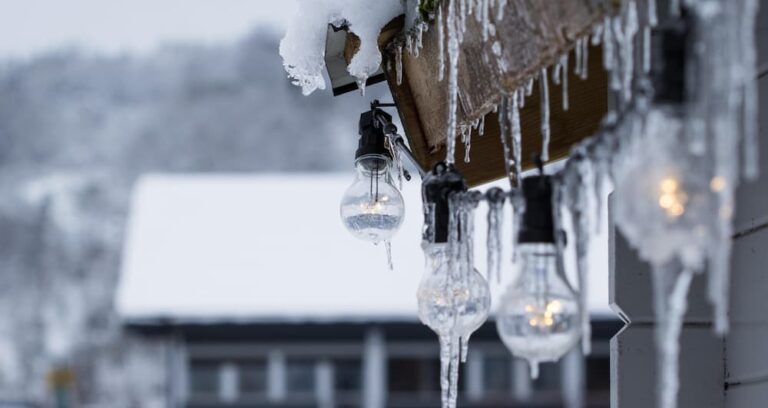New Hampshire holds some spectacular viewing for celestial events! This year has some particularly amazing offerings, from meteor showers to celestial bodies viewable during certain seasons and days. Check out our list of the top ten celestial events to view in New Hampshire in 2019.
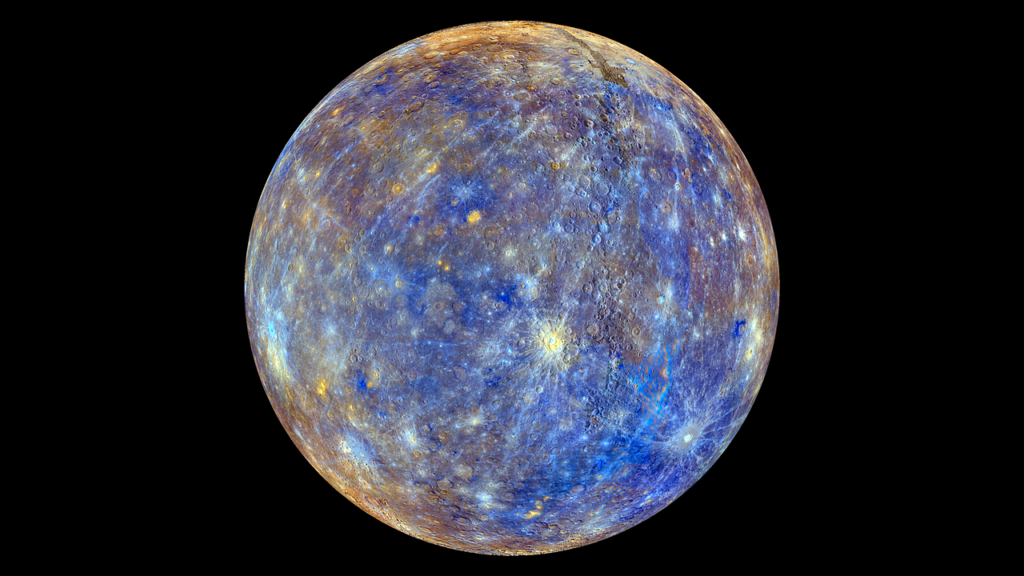
Mercury at Greatest Eastern Elongation (February 27)
In scientific terms, an elongation is the time when a celestial body’s distance is greatest from the sun – when observed from another location, like Earth. Ironically, the Eastern Elongation means that Mercury will be visible on the western horizon. This is the best time to view Mercury with the naked eye. If the weather holds, you can expect to see the planet low in the western sky just after sunset.
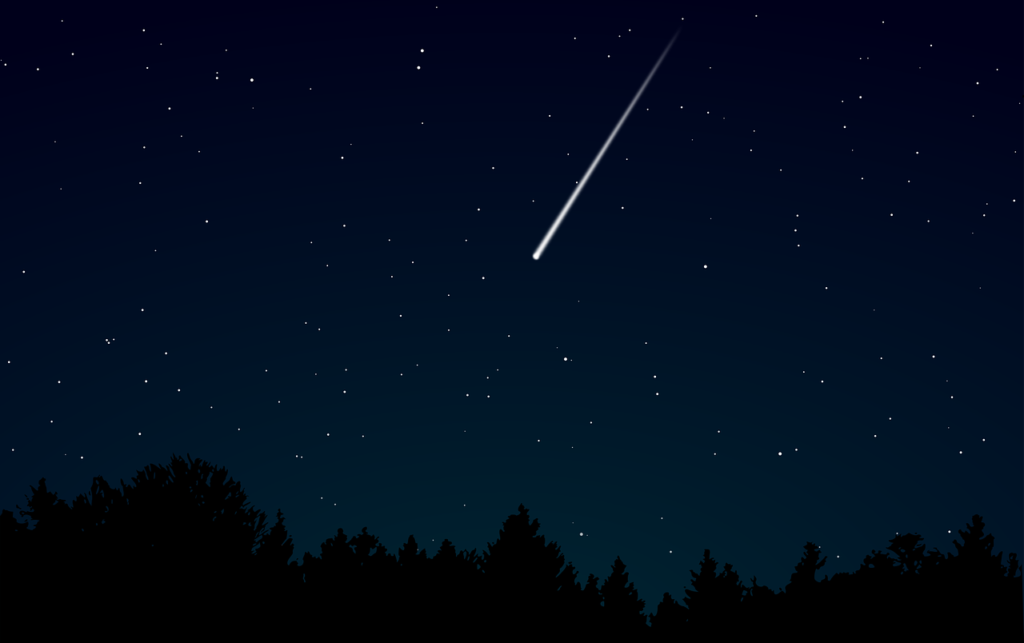
Lyrids meteor shower (April 22-23)
The Lyrids meteor shower is a small but bright celestial event which historically produces bright dust trails visible in the sky for several seconds after each meteor. This sets it apart from some of its more subtle companions, because the Lyrids can be seen with the naked eye and appreciated easily.While the moon will still be gibbous (partially full), you should be able to get a good eyefull of the larger meteors of the Lyrids between April 22 and 23rd after midnight in a dark location. They appear anywhere in the night sky. We recommend places off the beaten path. Light pollution from NH cities like Manchester will block out viewing, so it’s best to take a little road trip for your late night viewing.
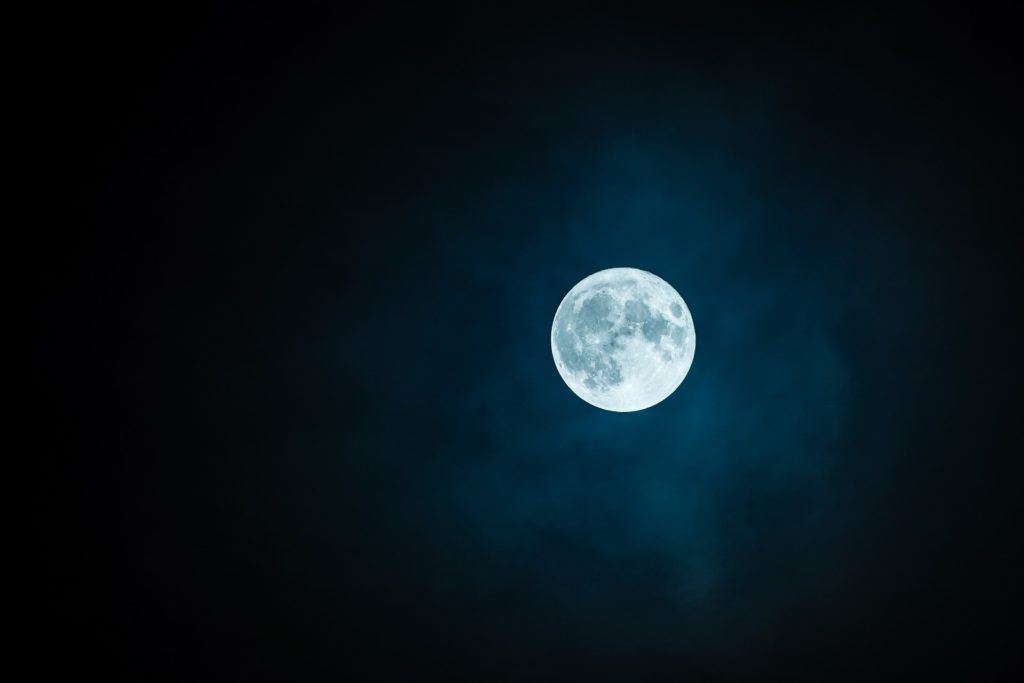
Supermoon and full moon (March 21)
A supermoon is the celestial phenomenon which occurs when the moon is particularly close in its perigee (path around the Earth) so it appears huge and close in the sky. This will also be a full moon, caused by the full reflection of the sun on the opposite side of the earth, will make it a huge display anyone can view from anywhere, with the naked eye. For budding astronomers or people interested in getting more from the experience, take a drive in the countryside to a high locale to get a full view of the moon’s face and features.
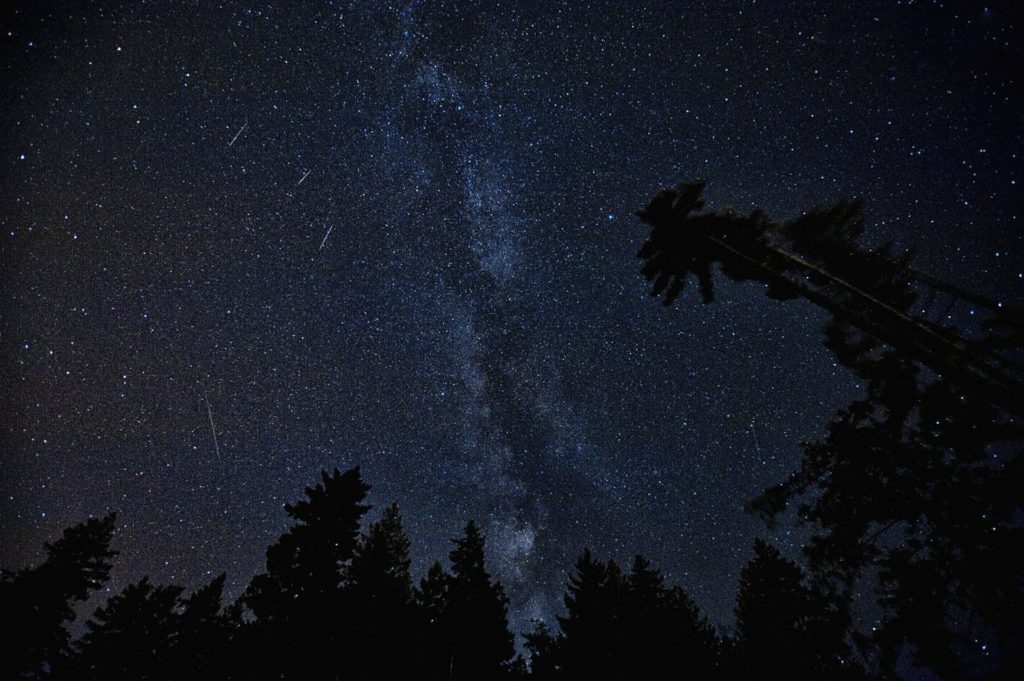
Eta Aquarids meteor shower (May 6-7)
This celestial event is an above average meteor shower, which shows viewers up to 60 meteors per hour during its peak. While most of it takes place over the southern hemisphere, you can still view up to 30 meteors an hour in a dark location, after midnight. They’ll radiate from the constellation Aquarius, but they can appear anywhere in the sky!
Jupiter at Opposition (June 10)
This huge celestial body will be visible with the naked eye in its closest regular approach to earth. Also, the sun will fully illuminate its face, so it will be brighter than any other time of year and visible all night. If you want a really good look, a decent pair of binoculars or a small telescope will even let you spot some of Jupiter’s four largest moons.

Southern Delta Aquarids meteor shower (July 29-30)
This is an average meteor shower which can still boast about twenty meteors per hour! The shower runs all the way from July 12 to August 23, but the dates listed above will have the best viewing for this celestial event because the moon will be only a small crescent in the sky.
Mercury at Greatest Western Elongation (August 9th)
For those of you who miss out on the first view of Mercury (and are morning people) you can take another shot before dawn on August 9th. Try and spot the planet above the eastern horizon just before sunrise.
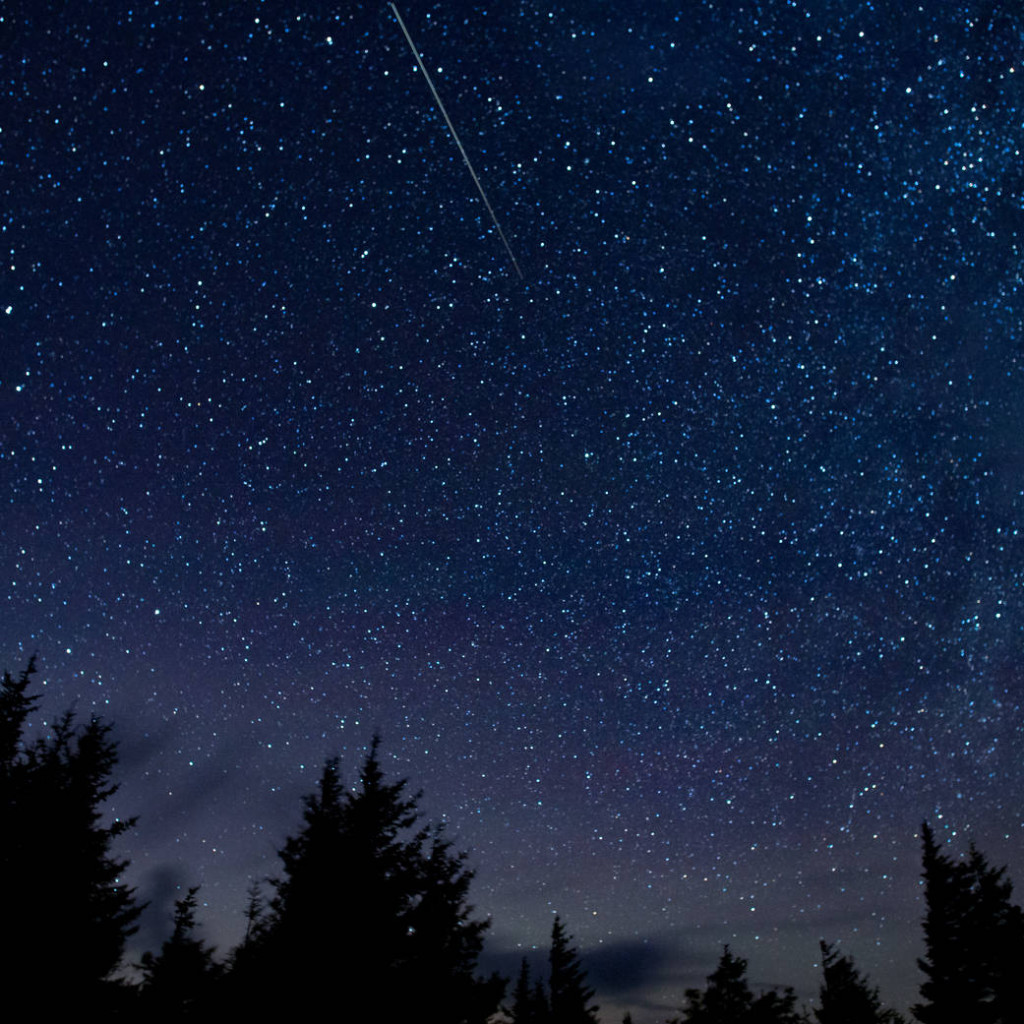
Perseids meteor shower (August 12-13)
This is one of the rare treats to see throughout the year, showing the brightest and closest meteors for two days in the summer. There are others viewable from July 17th to August 24th, but these dates offer the best viewing. A nearly full moon will block out the fainter meteors in the sky, but this celestial event offers so many meteors which are so bright that you should still get a good show. They’re viewable anywhere in the sky.
Rare Transit of Mercury Across the Sun (November 11)
Unlike all the other celestial events on our list, this one is viewable only during the day! Make sure you have a telescope with a solar filter (protect your eyes) and check out the planet Mercury moving across the sun. The next transit of Mercury across the sun won’t take place until 2039, so don’t miss it! Here’s a link to check out where you can get the best visibility.
Geminids meteor shower (December 13-14)
We’ll be finishing 2019 off with a bang. The Geminids meteor shower is arguably the celestial event to view with the naked eye, with up to 120 brilliantly colored meteors per hour when it hits its peak. Find a place off the beaten path to avoid light pollution, and bring a blanket against the cold!
What are you looking to the sky to see? Let us know in the comments!






